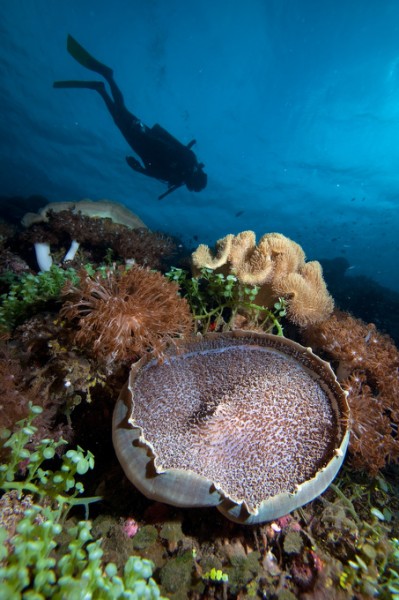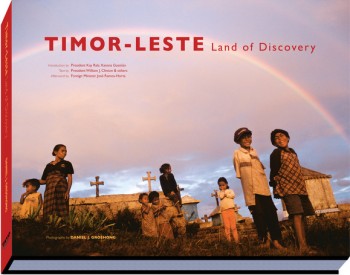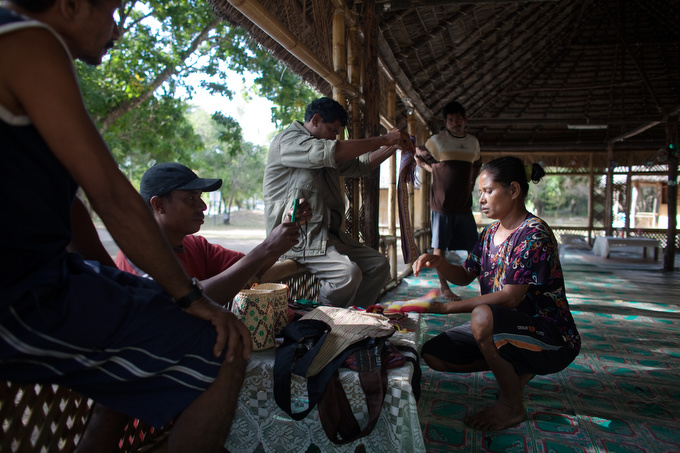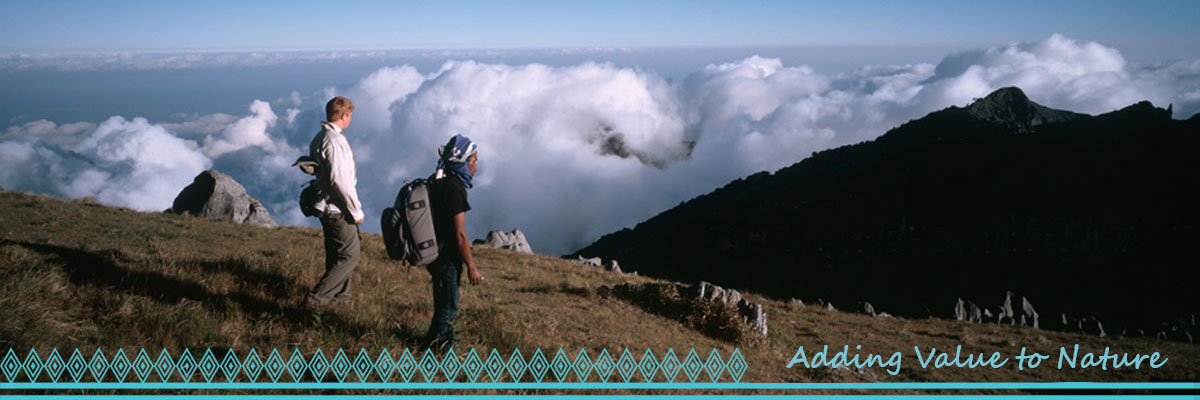
Timor-Leste has potential:
Timor-Leste is unique from its Southeast Asian neighbors with extremely rich natural environments, untouched by industry or destructive human impact. With proper branding and marketing, Timor has the potential to become one of the region’s top destinations for dive and eco-tourism and hence an industry vital to Timor’s development as a nation.

In 2006, according to the UNWTO, international tourism receipts (including transport) generated US$8.8 trillion. The tourism industry is the largest employer worldwide (it accounts for more than 10% of total employment) and trips are predicted to increase to 1.6 billion by 2020 according to the WWF.
Research by The International Ecotourism Society (TIES) reveals that eco-tourists are likely to be higher spenders on their holidays than ‘ordinary’ mass tourists and these high-spending, nature-loving tourists are undoubtedly an attractive option for Timor-Leste and it’s quest to create sustainable community-based ecotourism (CBET) jobs.
Of all the industries that a nation can possess, tourism is the one industry that relies on compelling imagery well presented to sell. You can sell fisheries, oil or timber without powerful photographs, but not tourism. Tourism is an industry that relies heavily on strong visual imagery and the following proposed book and archive project will help Timor to brand itself and promote its many unspoiled natural wonders. To link Timor’s CBET destinations with potential tourists, it is vital to have an arsenal of powerful photographic images and present them in a way that can convey the power and beauty of Timor’s nature-based tourism assets.
Positive image of Timor-Leste:
In January of 2006, Daniel J. Groshong published the book Timor-Leste Land of Discovery, which was the first ever coffee table book published depicting Timor’s landscape, cultural and underwater wonders. Timor-Leste Land of Discovery and its imagery have reached millions of people around the world with a positive image of Timor-Leste.

Since then, the images from the Land of Discovery project have been used countless time in publications the world over, such as ScubaDiver Australia, National Geographic China, Asian Geographic and the South China Morning Post to name a few. Even at times when Timor was experiencing upheaval and sporadic acts of violence which were grabbing world headlines, the imagery from Timor-Leste Land of Discovery had a great effect in presenting a positive image of Timor-Leste as during a live CNN Today interview in 2006, which reached an estimated 20 million people.
Perhaps most importantly, the Timor-Leste Land of Discovery project has created a collection of thousands of images, which have been used countless times in official government promotional efforts to promote Timor-Leste as a peaceful land with many unspoiled natural resources.

Community-based nature tourism helps add value to unspoiled natural resources. When a community has a financial interest in an industry, which is based on nature in an unspoiled state, then they have a strong financial incentive to protect those natural resources. For example, according to the Timorese NGO Haburas, the Eco-lodge in Tutuala was build for around $10,000usd and in their first year of business, they made roughly $60,000usd. Why do people go to the eco-lodge in Tutuala? The answer is the peaceful beauty of the natural surroundings. Due to the eco-lodge and the profits generated by it, the people of Tutuala have a strong financial motivation to protect the beauty of that area. In fact, the better protected the area, the more valuable it becomes.
Tourism is a multi-billion dollar a year industry and if branded and marketed properly, Timor-Leste has the potential to gain a considerably larger share of the tourism market in Asia. This proposed project is designed to not only create a high-end photographic showpiece of Timor-Leste and its people, but also give the people of Timor-Leste economic possibilities through sustainable community-based nature tourism.

Dive and eco-tourism are some of the few industries that have the potential to put economic growth directly into the hands of lower and middle class Timorese. And The Hummingfish Foundation believes that it is absolutely essential that Timorese people be given the economic incentive to protect the very environment which puts food on their tables through sustainable dive and eco-tourism projects.
In addition to economic development and the valuable investment in the skills of local people, at the completion of the project all of the images will be donated to the government of Timor-Leste, where they can be employed to raise money through the promotional of tourism, stock sales of photographic images and book sales for years to come.
If we can promote Timor-Leste as a peaceful place with unspoiled natural resources, then we can not only help to support the existing nature-based tourism destinations in Timor-Leste (Atauro eco-lodges, Valu Beach eco-lodge, the Posadas, the dive companies, etc), but we can also help set in place a future model for Timor’s tourism industry development which is community-based nature tourism focused. This model will create jobs and at the same time give communities a financial incentive to protect nature.
Using the power of imagery and design, The Hummingfish Foundation strives to help connect the dots – linking community-based nature tourism start-ups with potential nature loving tourists the world over.

